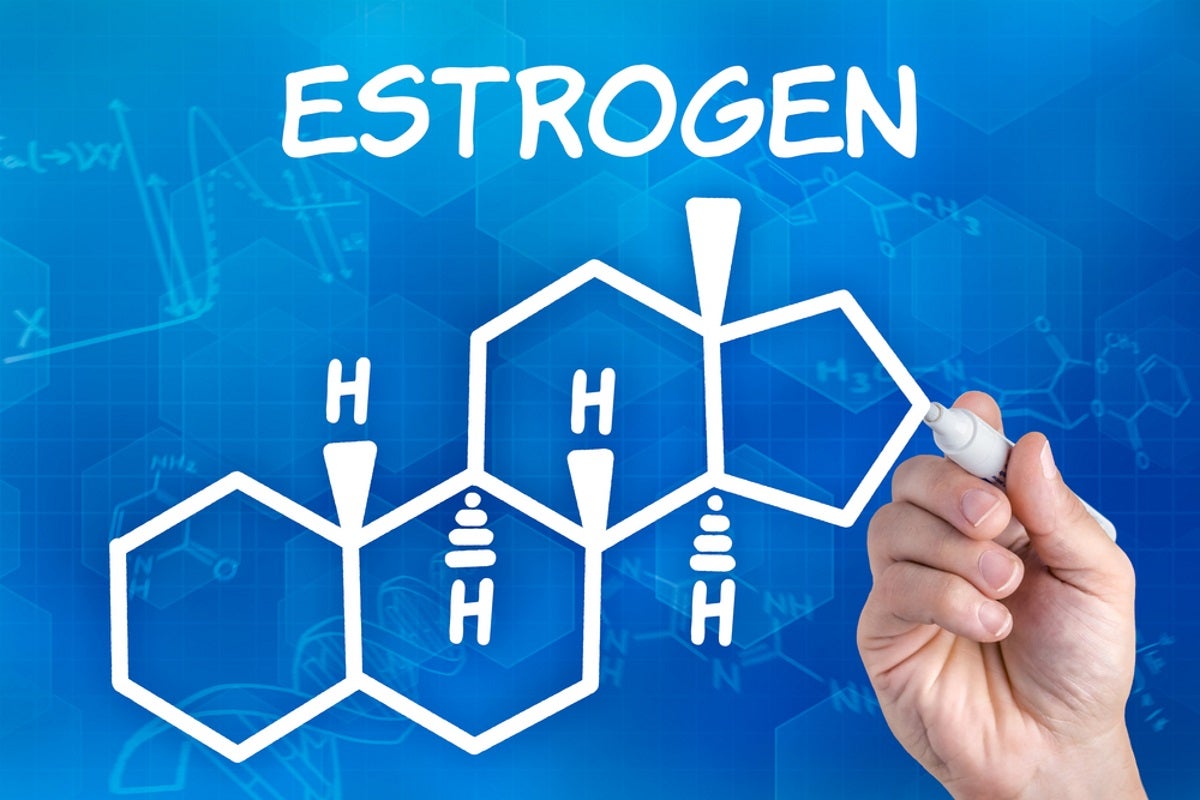Estrogen Levels Could Be Detected in Fluids Such as Saliva with New Sensor
Researchers have developed a new sensor that could detect levels of estrogen in body fluids like saliva or test for hormone contamination in waterways.
Estrogen is one of the main hormones that regulates the female reproductive system – it can be monitored to track human fertility and is sometimes administered to livestock to control the reproductive cycle.
Researchers from the Victoria University of Wellington in New Zealand developed the sensor that can detect low levels of E2, one of the primary estrogen hormones, in liquids.
The sensor sends an electronic signal in the presence of estrogen and, with further development, could test estrogen levels in body fluids or test waterways for estrogen contamination that might pose a risk to humans and the environment.
The sensor has a simple design, gives real-time readings, could be integrated into an electronic monitoring system and uses very little power – advantages it has over other types of detection methods.
The device uses small snippets of DNA called aptamers to latch onto estrogen molecules.
“Aptamers are a potentially powerful tool for sensors because they are so versatile and selective,” said Natalie Plank, a researcher at the Victoria University.
Aptamers are developed through a process similar to natural selection. From a diverse starting population of different DNA or RNA nucleotide sequences, the ones that bind best to the target molecule are selectively enriched, and the process is repeated over multiple “generations.”
Once the appropriate sequence of nucleotides is known, the aptamers can be easily generated.
The researchers attached their estrogen-binding aptamers to the carbon nanotube thin film field effect transistor (CNT FET). CNT FETs work like traditional transistors, but use carbon nanotubes instead of silicon.
They then tested two different estrogen-binding aptamers – one that was 35 units long and another that was 75 units long.
The researchers found that in the presence of estrogen the short aptamer device produced an electrical signal, while the long aptamer device did not.
When the buffer is placed on top of the CNT FET, the voltage across the device causes the molecules in the buffer to arrange into an electrically stable bilayer above the transistor.
Estrogen molecules that are caught by the short aptamer disrupt this layer, which in turn changes the current through the device.
Estrogen molecules caught by the longer aptamer are likely held above the bilayer, and so do not create the electrical signal.
The study was published in Journal of Vacuum Science and Technology
Article originally appeared on TimesofIndia.com: A sensor that can detect estrogen levels in body fluids







